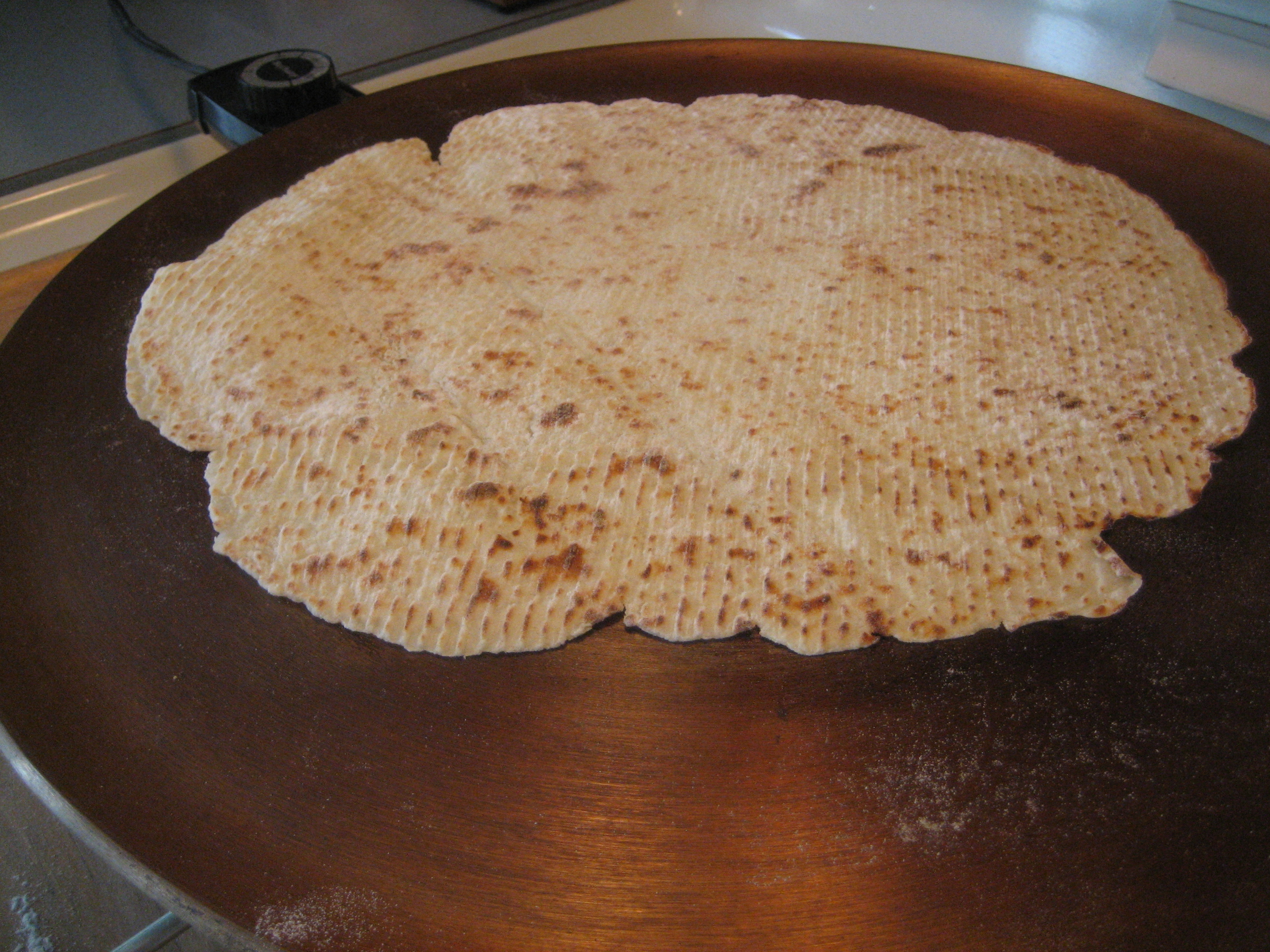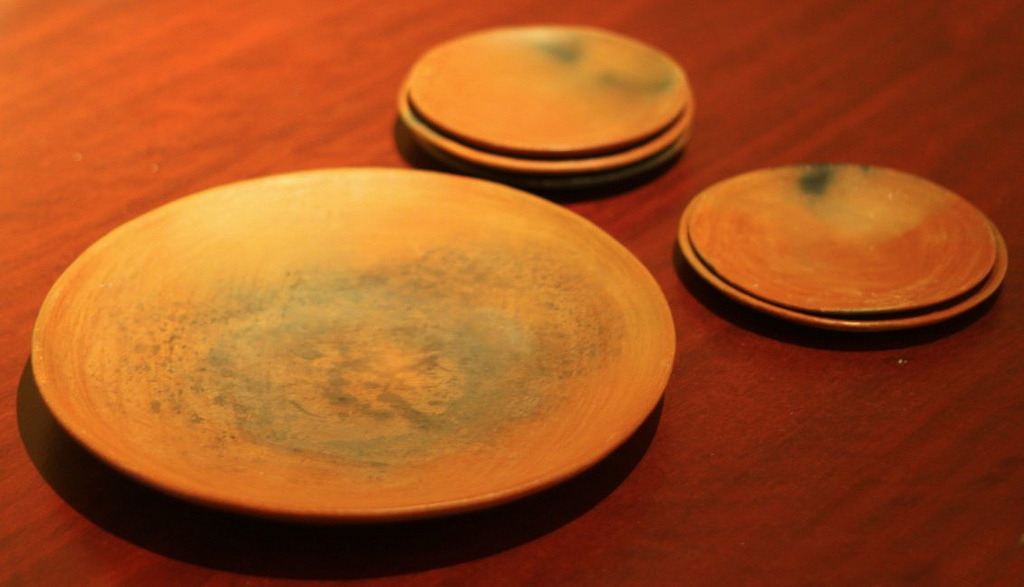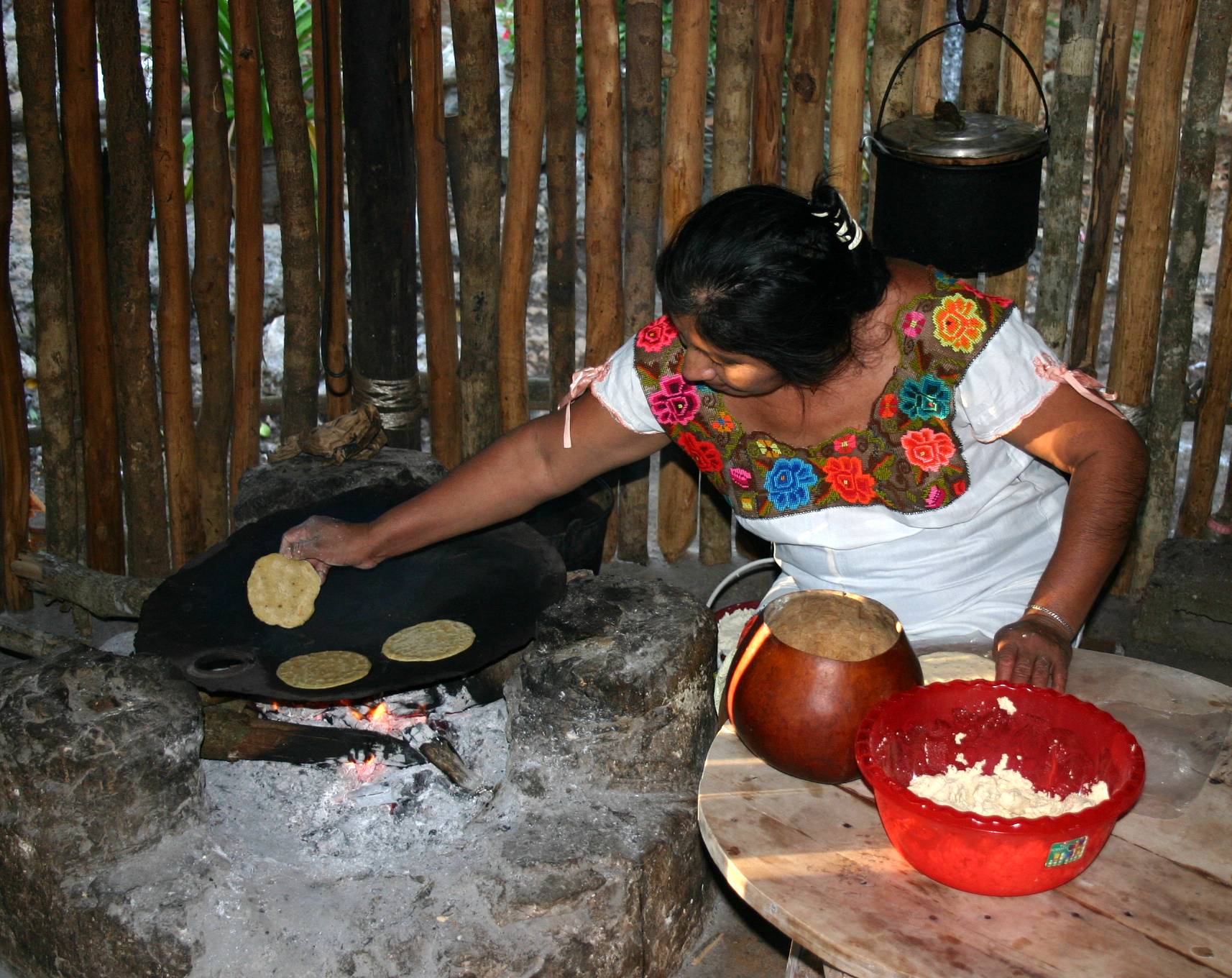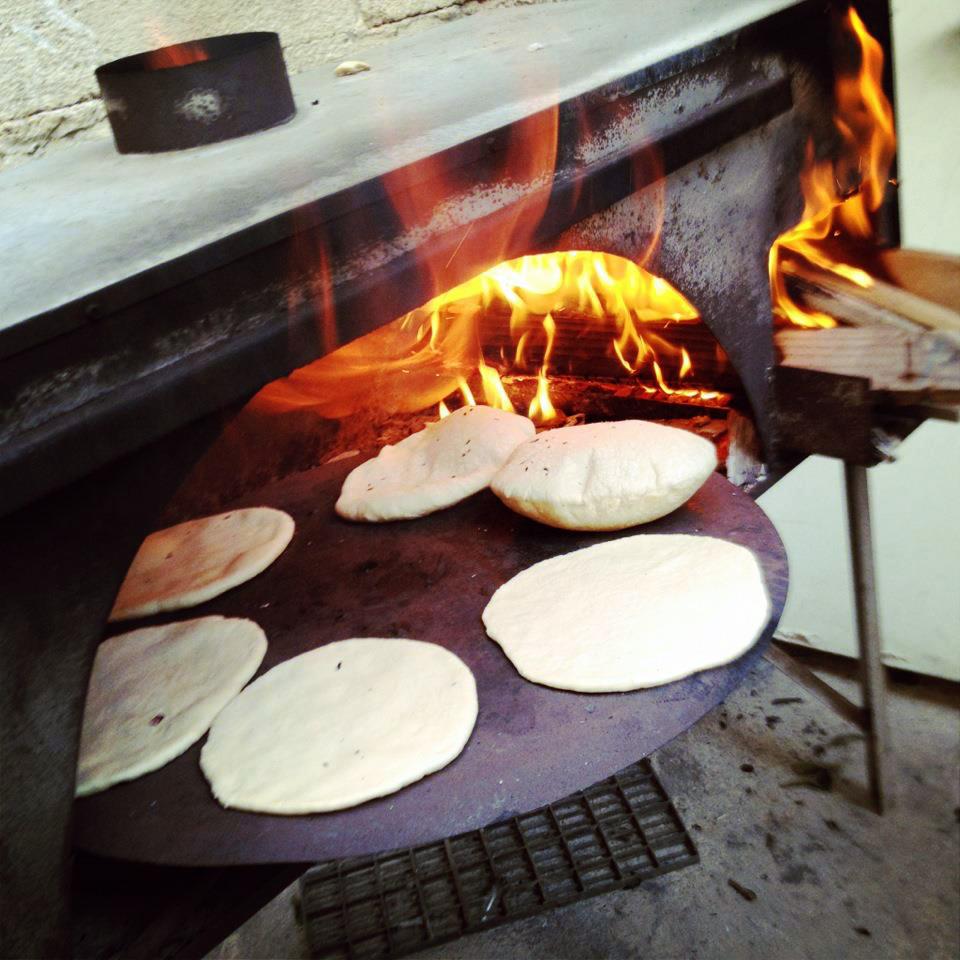|
Griddle
A griddle, in the UK also called a girdle, is a cooking device consisting mainly of a broad, usually flat cooking surface. Nowadays it can be either a movable metal pan- or plate-like utensil, a flat heated cooking surface built into a stove or kitchen range, or a compact cooking machine with its own heating system attached to an integrated griddle acting as a cooktop. A traditional griddle can either be a brick slab or tablet, or a flat or curved metal disc, while in industrialized countries a griddle is most commonly a flat metal plate. A griddle can have both residential and commercial applications, and can be heated directly or indirectly. The heating can be supplied either by a flame fuelled by wood, coal, or gas; or by electrical elements. Commercial griddles run on electricity, natural gas or propane. [...More Info...] [...Related Items...] OR: [Wikipedia] [Google] [Baidu] |
List Of Cooking Appliances
This is a list of cooking appliances that are used for cooking foods. Cooking appliances * Air fryer * Bachelor griller * Barbecue grill * Beehive oven * Brasero (heater) * Brazier * Bread machine * Burjiko * Butane torch * Chapati maker * Cheesemelter * Chocolatera * Chorkor oven * Clome oven * Comal (cookware) * Combi steamer * Communal oven * Convection microwave * Convection oven * Corn roaster * Crepe maker * Deep fryer * Earth oven * Electric cooker * Energy regulator * Espresso machine * Field kitchen * Fire pot * Flattop grill * Food steamer * Fufu Machine * Griddle * Halogen oven * Haybox * Hibachi * Horno * Hot box (appliance) * Hot plate * Instant Pot * Kamado * Kitchener range * Kujiejun * Kyoto box * Makiyakinabe * Masonry oven * Mess kit * Microwave oven * Multicooker * Oven * Pancake machine * Panini sandwich grill * Popcorn maker * Pressure cooker * Pressure fryer * Reflector oven * Remoska * Rice cooker * Rice p ... [...More Info...] [...Related Items...] OR: [Wikipedia] [Google] [Baidu] |
Saj (utensil)
A tava(h) / tawa(h) (mainly on the Indian subcontinent), saj (in Arabic), sac (in Turkish) and other variations and combinations thereof, is a metal-made cooking utensil. The tawa is round and can be flat, but more commonly has a curved profile, and while the concave side can be used as a wok or frying pan, the convex side is used for cooking flatbreads and pancakes. The Indian tawa might have a handle or not, and it can be made of cast iron or aluminium, or of carbon steel. The utensil may be enameled or given a non-stick surface. The tawa and saj are used in the cuisines of South, Central, and West Asia, as well as of the Caucasus and the Balkans. The tawa is also used in Indo-Caribbean cuisine. Names by region Taaba, Tava, tawa In Iran the Persian word ''tāve'' () is used which is derived from Persian word taaba which means something that is curved or tempered. The root word taab in Persian is a verb which means to bend or temper or curve (but see here-below for the ... [...More Info...] [...Related Items...] OR: [Wikipedia] [Google] [Baidu] |
Lefse
Lefse () is a traditional soft Norwegian flatbread. It is made with flour, can include riced potatoes, and includes butter, and milk, cream, or lard. It is cooked on a large, flat griddle. Special tools are used to prepare lefse, including a potato ricer, long wooden turning sticks and special rolling pins with deep grooves. Flavoring There are many ways of flavoring lefse. The most common is adding butter to the lefse and rolling it up. In Norway, this is known as . Other options include adding cinnamon and/or sugar, or spreading jelly, lingonberries, or gomme on it. Scandinavian- American variations include rolling it with a thin layer of peanut butter and sugar, with butter and white or brown sugar, with butter and corn syrup, or with butter and salt, or with ham and eggs. Also eaten with beef and other savory items like ribberull and mustard, it is comparable to a tortilla. Lefse is a traditional accompaniment to lutefisk, and the fish is often rolled up in the lefs ... [...More Info...] [...Related Items...] OR: [Wikipedia] [Google] [Baidu] |
Comal (cookware)
A comal is a smooth, flat griddle typically used in Mexico, Central America, and parts of South America, to cook tortillas and arepas, toast spices and nuts, sear meat, and generally prepare food. Similar cookware is called a budare in South America. Some comals are concave and made of ''barro'' (clay). These are still made and used by the indigenous peoples of Mexico and Central America. Comals are similar to the American griddle or the Indian tawa, and are often used and named interchangeably with these. Comals for home use are generally made from heavy cast iron, and sized to fit over either one burner on the stovetop (round) or two burners front to back (elongated oval). In many indigenous and pre-Hispanic cultures, the comal is handed down from grandmother to mother to daughter, the idea being that a comal tempered over many years of usage will heat faster and cook cleaner. History The history of such cooking methods dates back to the pre-Columbian era, when powdered-homin ... [...More Info...] [...Related Items...] OR: [Wikipedia] [Google] [Baidu] |
Tapioca
Tapioca (; ) is a starch extracted from the storage roots of the cassava plant (''Manihot esculenta,'' also known as manioc), a species native to the North and Northeast regions of Brazil, but whose use is now spread throughout South America. It is a perennial shrub adapted to the hot conditions of tropical lowlands. Cassava copes better with poor soils than many other food plants. Tapioca is a staple food for millions of people in tropical countries. It provides only carbohydrate food value, and is low in protein, vitamins and minerals. In other countries, it is used as a thickening agent in various manufactured foods. Etymology and origin ''Tapioca'' is derived from the word ''tipi'óka'', its name in the Tupi language spoken by natives when the Portuguese first arrived in the Northeast Region of Brazil around 1500. This Tupi word is translated as 'sediment' or 'coagulant' and refers to the curd-like starch sediment that is obtained in the extraction process. Production ... [...More Info...] [...Related Items...] OR: [Wikipedia] [Google] [Baidu] |
Arepa
''Arepa'' () is a type of food made of ground maize dough stuffed with a filling, eaten in the northern region of South America since pre-Columbian times, and notable primarily in the cuisine of Colombia and Venezuela, but also present in the cuisines of Bolivia, Panama and other countries. It is commonly eaten in those countries and can be served with accompaniments such as cheese, '' cuajada'' (fresh cheese), various meats, chicken, avocado, or ''diablito'' (deviled ham spread). It can also be split to make sandwiches. Sizes, maize types, and added ingredients vary its preparation. It is similar to the Mexican ''gordita,'' the Salvadoran '' pupusa'', the Ecuadorian ''tortilla de maíz'' and the Panamanian ''tortilla'' or ''changa''. Origins The ''arepa'' is a pre-Columbian dish from the area that is now Colombia, Panama and Venezuela. Instruments used to make flour for the ''arepas'', and the clay slabs on which they were cooked, were often found at archaeological sites in th ... [...More Info...] [...Related Items...] OR: [Wikipedia] [Google] [Baidu] |
Tortilla
A tortilla (, ) is a thin, circular unleavened flatbread originally made from maize hominy meal, and now also from wheat flour. The Aztecs and other Nahuatl speakers called tortillas ''tlaxcalli'' (). First made by the indigenous peoples of Mesoamerica before colonization, tortillas are a cornerstone of Mesoamerican cuisine. Corn tortillas in Mesoamerica are known from as early as 500 BCE. Varieties Corn tortilla Tortillas made from nixtamalized maize meal—masa de maíz— are the oldest variety of tortilla. They originated in Mexico and Central America, and remain popular throughout the Americas. Peoples of the Oaxaca region in Mexico first made tortillas at the end of the Villa Stage (1500 to 500 BC). Towards the end of the 19th century, the first mechanical utensils for making tortillas, called tortilla presses, tortilleras, or tortilladoras, were invented and manufactured in Mexico. Wheat tortilla Europeans introduced wheat and its cultivation to the Ameri ... [...More Info...] [...Related Items...] OR: [Wikipedia] [Google] [Baidu] |
Saj Bread
Saj bread ( ar, خبز صاج, khubz ṣāj, tr, sac ekmeği) or tava bread ( hi, तवा रोटी, tavā roṭī) is unleavened flatbread in Middle Eastern and South Asian cuisines baked on a metal griddle, called ''saj'' in Arabic and ''tava'' in the Indian subcontinent (concave in India and convex in Pakistan). Types Middle East Bread ''Yufka'' bread ( tr, yufka ekmeği) is the Turkish name of a very thin, large () unleavened flatbread in Turkish cuisine, also known under different names in Arab cuisine, baked on a convex metal griddle, called '' saj'' in Arabic and ''saç'' in Turkish. Arab ''saj'' bread is somewhat similar to '' markook shrek'', but is thinner and larger., Photographic illustration no. 30 "Dreizehn Brotarten", 'Thirteen bread types'. In Palestine, the saj bread is simply called shrāke, differing from the '' markook'', which is baked in a clay oven (tannur). Stuffed bread ''Gözleme'' is a savory, soft Turkish stuffed flatbread, cooked on the con ... [...More Info...] [...Related Items...] OR: [Wikipedia] [Google] [Baidu] |
South Asian Cuisine
South is one of the cardinal directions or compass points. The direction is the opposite of north and is perpendicular to both east and west. Etymology The word ''south'' comes from Old English ''sūþ'', from earlier Proto-Germanic ''*sunþaz'' ("south"), possibly related to the same Proto-Indo-European root that the word ''sun'' derived from. Some languages describe south in the same way, from the fact that it is the direction of the sun at noon (in the Northern Hemisphere), like Latin meridies 'noon, south' (from medius 'middle' + dies 'day', cf English meridional), while others describe south as the right-hand side of the rising sun, like Biblical Hebrew תֵּימָן teiman 'south' from יָמִין yamin 'right', Aramaic תַּימנַא taymna from יָמִין yamin 'right' and Syriac ܬܰܝܡܢܳܐ taymna from ܝܰܡܝܺܢܳܐ yamina (hence the name of Yemen, the land to the south/right of the Levant). Navigation By convention, the ''bottom or down-facing side'' of ... [...More Info...] [...Related Items...] OR: [Wikipedia] [Google] [Baidu] |
Middle Eastern Cuisine
Middle Eastern cuisine or West Asian cuisine includes Arab, Armenian, Assyrian, Azerbaijani, Cypriot, Egyptian, Georgian, Iranian, Iraqi, Israeli, Kurdish, Lebanese, Palestinian and Turkish cuisines. Common ingredients include olives and olive oil, pitas, honey, sesame seeds, dates, sumac, chickpeas, mint, rice and parsley, and popular dishes include ''kebabs'', ''dolmas'', '' falafel'', ''baklava'', yogurt, '' doner kebab'', '' shawarma'' and '' mulukhiyah''. Geography The exact countries considered to be part of the Middle East are difficult to determine as the definition has changed over time and from source to source. Currently the countries that are considered to comprise the Middle East are: Bahrain, Cyprus, Egypt, Iran, Iraq, Israel, Jordan, Kuwait, Palestine, Lebanon, Oman, Qatar, Saudi Arabia, Syria, Turkey, United Arab Emirates, and Yemen. However, Middle Eastern cuisine includes dishes from Arab, Armenian, Assyrian, Azerbaijani, Cy ... [...More Info...] [...Related Items...] OR: [Wikipedia] [Google] [Baidu] |
Pita
Pita ( or ) or pitta (British English), is a family of yeast-leavened round flatbreads baked from wheat flour, common in the Mediterranean, Middle East, and neighboring areas. It includes the widely known version with an interior pocket, also known as Arabic bread ( ar, خبز عربي; ''khubz ʿarabī''). In the United Kingdom, Greek bread is used for pocket versions such as the Greek pita, and are used for barbecues to a souvlaki wrap. The Western name ''pita'' may sometimes be used to refer to various other types of flatbreads that have different names in their local languages, such as numerous styles of Arab ''khubz'' (bread). History Pita has roots in the prehistoric flatbreads of the Middle East. There is evidence from about 14,500 years ago, during the Stone Age, that the Natufian people in what is now Jordan made a kind of flatbread from wild cereal grains. Ancient wheat and barley were among the earliest domesticated crops in the Neolithic period of about 10,000 ye ... [...More Info...] [...Related Items...] OR: [Wikipedia] [Google] [Baidu] |
Preparation Of Qurasah
Preparation may refer to: * Preparation (dental), the method by which a tooth is prepared when removing decay and designing a form that will provide adequate retention for a dental restoration * Preparation (music), treatment of dissonance in tonal music * Preparation, Iowa, a ghost town * Preparation time, time to prepare speeches in policy debate * '' The Preparation'', a 2017 South Korean film * ''Preparations'' (album), a 2007 album by Prefuse 73 * Prepared dosage form * Prepared drug * Prepared food * Prepared supplement * Special modifications to instruments, see **Prepared piano **Prepared guitar * Fossil preparation See also * Preparation H, popular hemorrhoids medicine * Preparation for the Gospel, early Christian book * * Prep (other) * Preparationism * Prepare (other) * Preparedness (other) Preparedness refers to actions that are taken as precautionary measures in the face of potential disasters Preparedness may also refer to: * E ... [...More Info...] [...Related Items...] OR: [Wikipedia] [Google] [Baidu] |

.jpg)






